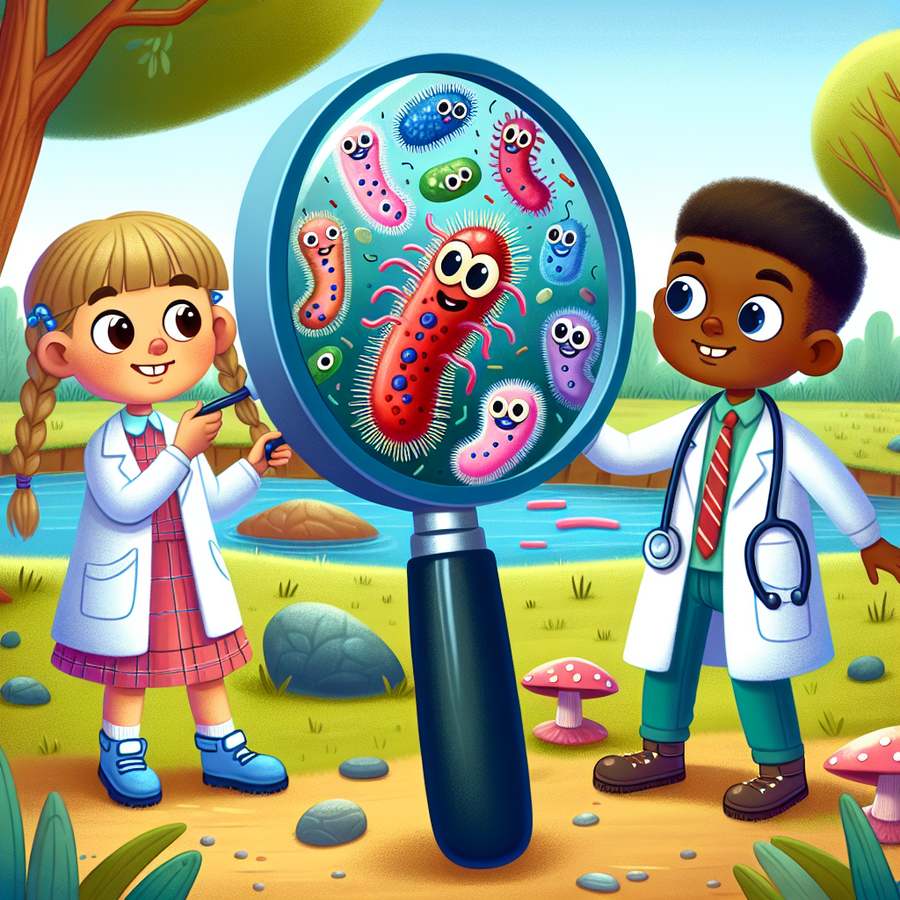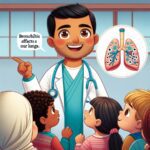Pertussis, commonly known as whooping cough, is a highly contagious respiratory infection that poses a significant risk particularly to infants and young children. This comprehensive guide aims to arm new parents with essential knowledge about pertussis, its symptoms, prevention measures, and treatment options, ensuring your little one remains safe and healthy.
What Is Pertussis and Why Is It Dangerous?
Pertussis is caused by the bacterium Bordetella pertussis and is known for uncontrollable, violent coughing which often makes it difficult to breathe. After fits of many coughs, someone with pertussis often needs to take deep breaths which result in a “whooping” sound. Pertussis is most dangerous for babies and young children, potentially leading to pneumonia, seizures, and even death.
The disease spreads easily from person to person through tiny droplets produced when an infected person coughs or sneezes. A major concern is that pertussis symptoms can initially resemble those of a common cold, making it harder to diagnose in the early stages.
What Are the Symptoms of Pertussis?
The initial symptoms of pertussis are usually mild and may include a runny nose, low-grade fever, and a mild, occasional cough. As the disease progresses, the cough becomes more severe and can come in explosive bursts. Babies may experience apnea, a pause in breathing, which is particularly alarming. For comprehensive details on symptoms related to respiratory issues in babies, click here.
It’s crucial for parents to monitor their child’s symptoms closely and seek medical advice if pertussis is suspected. Early detection and treatment are key in managing the disease and preventing serious complications.
Preventing Pertussis: Vaccination and Other Measures
Vaccination is the most effective way to prevent pertussis. The DTaP vaccine, which also protects against diphtheria and tetanus, is recommended for babies at 2, 4, and 6 months of age, with booster shots in later years. Pregnant women are also advised to get the Tdap vaccine during their third trimester to protect their newborns. For more information on vaccinations, visit our vaccination guide.
Aside from vaccination, it’s important to practice good hygiene, such as regular handwashing and covering your mouth and nose when coughing or sneezing, to prevent the spread of pertussis and other infectious diseases. Ensuring that anyone who comes into contact with your baby is up-to-date with their vaccinations is also a key preventive measure.
Treating Pertussis in Babies and Young Children
If your child is diagnosed with pertussis, antibiotics are usually prescribed to treat the infection and prevent its spread. It’s essential to start antibiotics early in the course of the disease to reduce the severity of symptoms. Ensure your child gets plenty of rest and stays well-hydrated.
For infants and young children who are severely affected, hospitalization may be necessary to monitor their health closely and provide supportive care, such as oxygen therapy or help with breathing. It’s a challenging time, but knowing that pertussis is treatable with prompt and appropriate care can provide some comfort.
Understanding pertussis and taking proactive steps to prevent and manage it can protect your baby from this serious infection. By vaccinating, practicing good hygiene, and seeking medical care when needed, you’re doing your part to keep your little one safe and healthy.
For more insights into managing common baby health concerns, explore our guides on acid reflux, breastfeeding challenges, and cradle cap.













